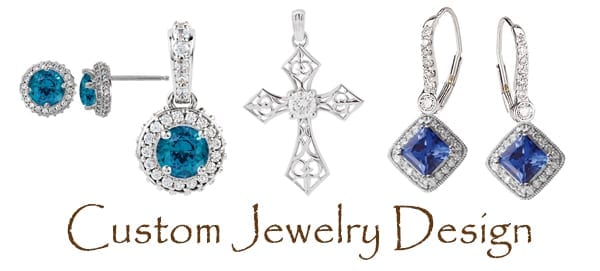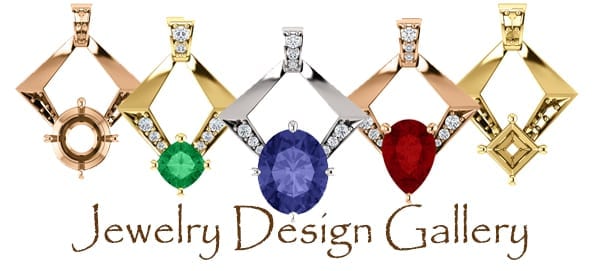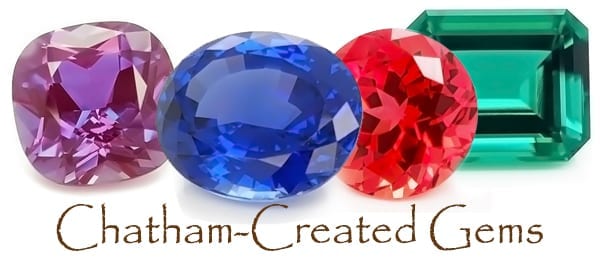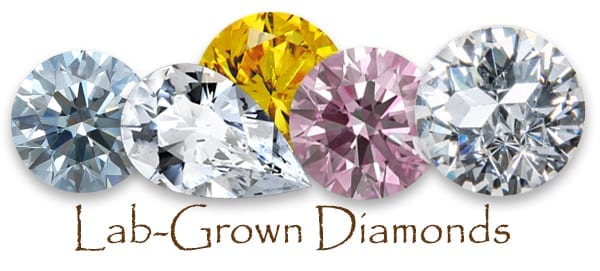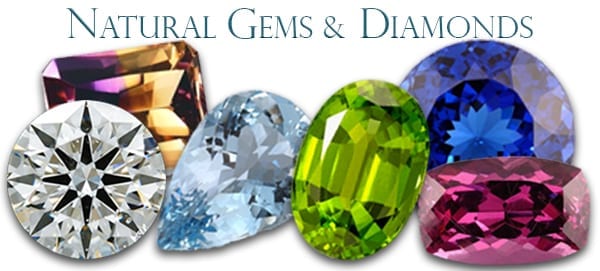The eBay lawsuit prompts me to visit another common problem with Internet jewelry websites in general. It’s the mis-labeling of jewelry and gemstones. One of the most common problems is a misunderstanding of the words “synthetic” and “simulant.” Many gemstone simulants are sold as synthetics, when really they are cheap imitations, giving the term “synthetic” a negative connotation.
Contrary to what many people think, the term synthetic does not mean fake. In gemology terms, synthetic refers to gemstones created in a lab with essentially the same chemical, physical and optical properties as their natural counterparts. They are real gemstones that have been grown in a lab rather than in nature.
One great thing about lab-created gemstones is that they offer the consumer a top color and clarity gemstone for an affordable price. For example, one may pay tens of thousands of dollars for a top color, eye clean ruby, while the same weight lab-grown ruby with the same physical, chemical and optical properties may sell for $600. It is often this premium color and clarity that will make one question the origin of a gemstone however. Generally, natural gemstones of top color and clarity are very rare and out of the price range for most of us.
With the world becoming so “green” conscious, another argument in favor of lab-created gemstones is the fact that they are more environmentally friendly. Companies don’t dig up mountains and streambeds in search of synthetic stones. They are made in a very controlled laboratory environment. So if the mining process bothers you, you might consider buying a lab-created gemstone. I’m a big fan of Chatham-created gems. They offer a variety of lab-grown diamonds, emeralds, rubies, sapphires, alexandrites, padparadschas and more.
The term “simulant,” on the other hand, does mean fake. It refers to material that resembles natural gem material and is used in its place. Cubic zirconia is commonly incorrectly referred to as “synthetic diamond,” which is completely false. CZ is a diamond simulant, substitute or imitation. It does not have the same physical, chemical and optical properties of a diamond and therefore should not be misrepresented as synthetic diamond.
Simulants do have their place in the jewelry industry. Like synthetics, they are more readily available so they allow for consumers to have a similar look and feel for a more affordable price.
Hopefully I’ve helped clarify some issues for you. My advice is to look for companies that properly represent the stones they are selling. This is a clear indication those companies are reputable and are staffed by people who are knowledgeable about the products they sell.

